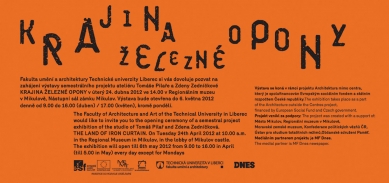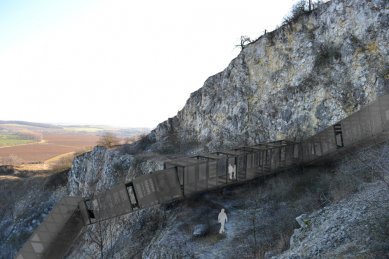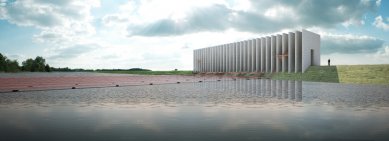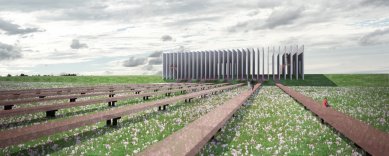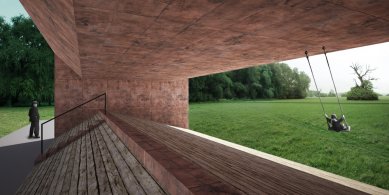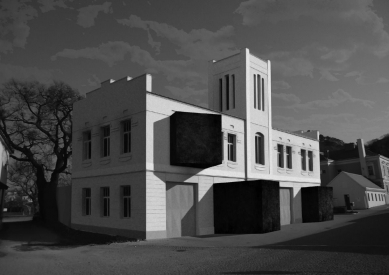THE LANDSCAPE OF THE IRON CURTAIN
on Tuesday, April 24, 2012, at 14:00 in the Regional Museum in Mikulov, Entrance Hall of Mikulov Castle. The exhibition will be open until May 6, 2012, daily from 9:00 to 16:00 (April) / 17:00 (May), except Mondays.The exhibition is part of the project Architecture Outside the Centers, which is co-financed by the European Social Fund and the state budget of the Czech Republic.
The project was created with the support of: The City of Mikulov, the Regional Museum in Mikulov, the Moravian Provincial Museum, the Confederation of Political Prisoners of the Czech Republic, the Institute for the Study of Totalitarian Regimes, and the Civic Association Memory.
The media partner of the project is MF Dnes.



